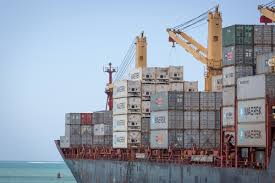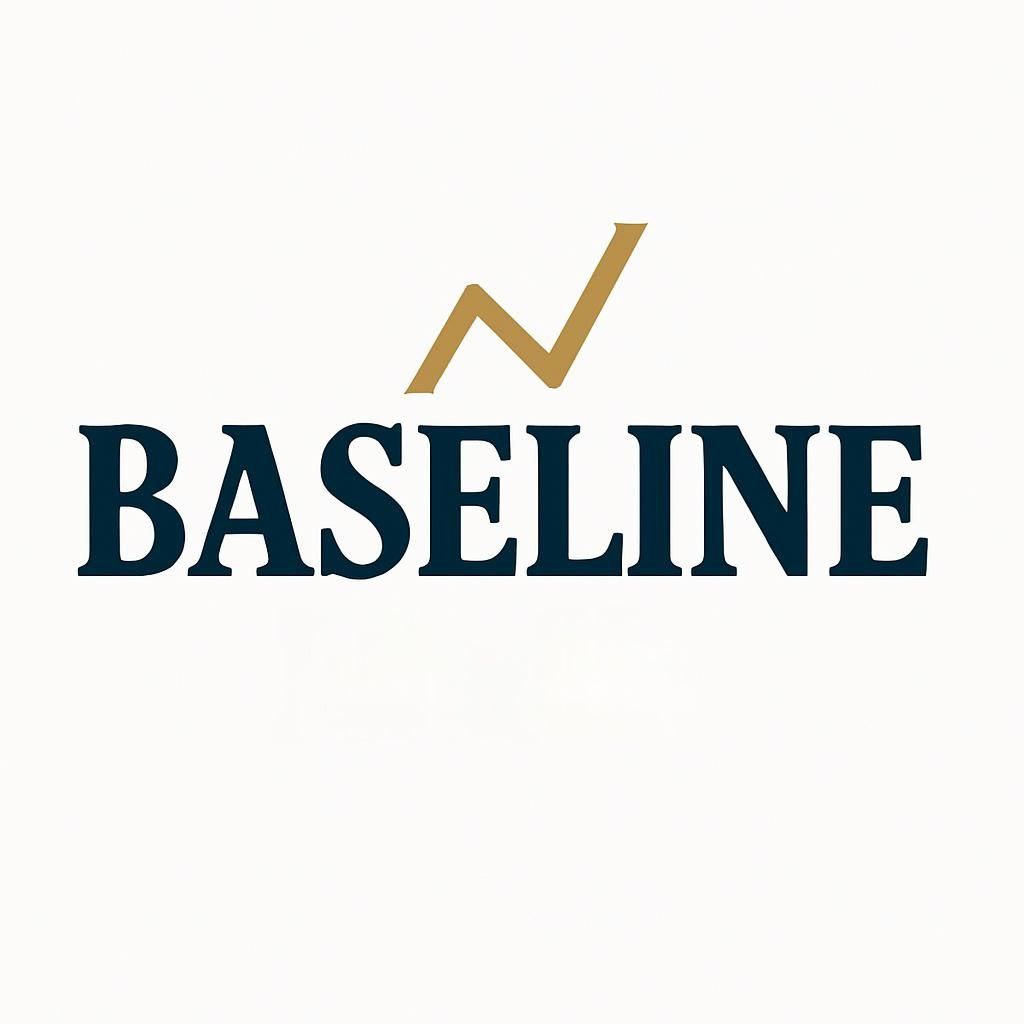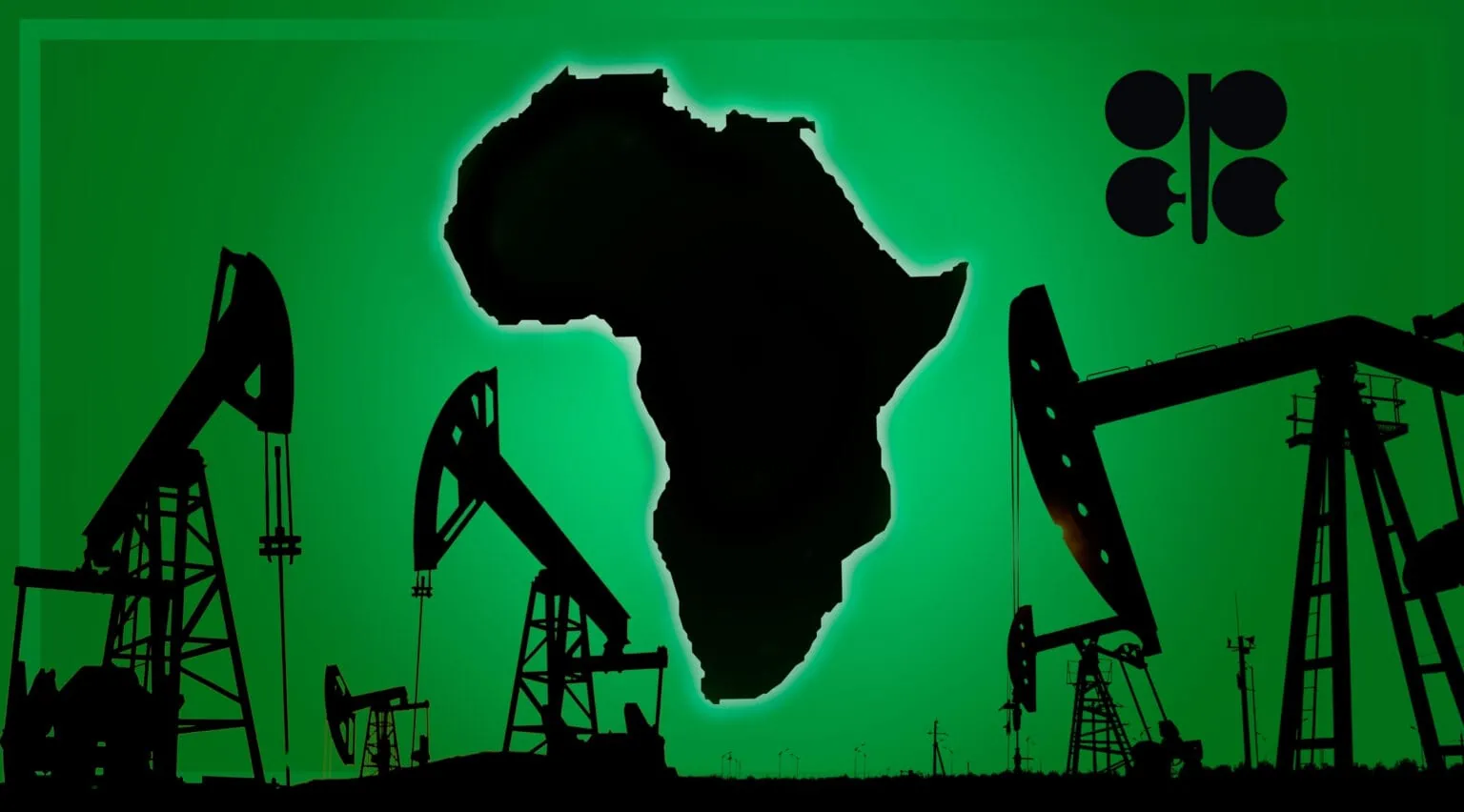North Africa Must Look South for Trade
Audrey Verdier‑Chouchane
17 Jul, 2025

𝑰𝒏 𝒂 𝒇𝒓𝒂𝒄𝒕𝒖𝒓𝒊𝒏𝒈 𝒘𝒐𝒓𝒍𝒅 𝒆𝒄𝒐𝒏𝒐𝒎𝒚, 𝒓𝒆𝒈𝒊𝒐𝒏𝒂𝒍 𝒔𝒐𝒍𝒊𝒅𝒂𝒓𝒊𝒕𝒚 𝒉𝒂𝒔 𝒕𝒂𝒌𝒆𝒏 𝒐𝒏 𝒏𝒆𝒘 𝒊𝒎𝒑𝒐𝒓𝒕𝒂𝒏𝒄𝒆. 𝑻𝒐 𝒄𝒉𝒂𝒓𝒕 𝒂 𝒏𝒆𝒘 𝒑𝒂𝒕𝒉 𝒕𝒐𝒘𝒂𝒓𝒅 𝒊𝒏𝒄𝒍𝒖𝒔𝒊𝒗𝒆, 𝒓𝒆𝒔𝒊𝒍𝒊𝒆𝒏𝒕, 𝒂𝒏𝒅 𝒔𝒖𝒔𝒕𝒂𝒊𝒏𝒂𝒃𝒍𝒆 𝒈𝒓𝒐𝒘𝒕𝒉, 𝑵𝒐𝒓𝒕𝒉 𝑨𝒇𝒓𝒊𝒄𝒂𝒏 𝒄𝒐𝒖𝒏𝒕𝒓𝒊𝒆𝒔 𝒎𝒖𝒔𝒕 𝒇𝒐𝒓𝒈𝒆 𝒔𝒕𝒓𝒐𝒏𝒈𝒆𝒓 𝒆𝒄𝒐𝒏𝒐𝒎𝒊𝒄 𝒕𝒊𝒆𝒔 𝒘𝒊𝒕𝒉 𝒑𝒂𝒓𝒕𝒏𝒆𝒓𝒔 𝒊𝒏 𝑺𝒖𝒃-𝑺𝒂𝒉𝒂𝒓𝒂𝒏 𝑨𝒇𝒓𝒊𝒄𝒂, 𝒘𝒉𝒊𝒄𝒉 𝒘𝒊𝒍𝒍 𝒓𝒆𝒒𝒖𝒊𝒓𝒆 𝒇𝒖𝒍𝒍𝒚 𝒄𝒐𝒎𝒎𝒊𝒕𝒕𝒊𝒏𝒈 𝒕𝒐 𝒕𝒉𝒆 𝑨𝒇𝒓𝒊𝒄𝒂𝒏 𝑪𝒐𝒏𝒕𝒊𝒏𝒆𝒏𝒕𝒂𝒍 𝑭𝒓𝒆𝒆 𝑻𝒓𝒂𝒅𝒆 𝑨𝒓𝒆𝒂.
ABIDJAN – Rising tariffs, geopolitical fragmentation, and persistent supply-chain disruptions are roiling international trade. The World Trade Organization projects a 0.2% contraction in global goods trade in 2025, which could deepen to 1.5% if tensions escalate. United Nations Trade and Development warns that policy uncertainty is eroding business confidence and will slow global growth to 2.3% in 2025. Against this backdrop, developing economies are under mounting pressure to diversify partnerships and reduce external dependencies.
The pressure is particularly acute for North Africa. The region – comprising Algeria, Egypt, Libya, Morocco, Mauritania, and Tunisia – has long been tethered to European economic cycles. In 2023, the European Union accounted for 45.2% of North Africa’s trade, making the region vulnerable to any slowdown in European demand. At the same time, North Africa has played a marginal role in international commerce, accounting for only 3.7% of global trade in 2023.
But this moment of uncertainty also represents a strategic opportunity for North Africa to look southward, toward the fast-growing markets of Sub-Saharan Africa (SSA), which currently account for just 2.4% of North Africa’s total trade. As I and others argued nearly a decade ago, stronger economic ties within the continent could reshape regional growth trajectories.
That continues to be true today. With SSA’s economic growth estimated at 3.7% in 2024 and projected to rise to 4% in 2025, the rest of the continent offers many opportunities for North African businesses as an emerging market for manufactured exports and as a region to expand value chains. North African products – particularly from its automotive, fisheries, food processing, pharmaceuticals, and textiles sectors – would likely be well received in SSA, owing to their higher quality and competitive prices.
Read the full article on Project Syndicate.
Audrey Verdier‑Chouchane is the Lead Economist for North Africa and Acting Division Manager in the Country Economics Department at the African Development Bank (AfDB), based in Abidjan.



